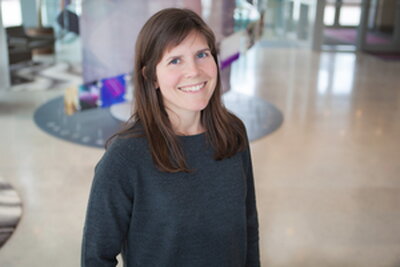
The AAP Summer Research Fellowship in Integrative Biology offers undergraduate students in the Access and Achievement Program (AAP) the opportunity to explore biological research with faculty, graduate students, and research staff in the School of Integrative Biology. This opportunity is designed for students with little or no research experience. During the summer, fellows will conduct research, attend regular professional development seminars, participate in a summer research symposium, and build their research network.
Goals/Purpose of the Fellowship
The primary goals of this fellowship are to provide students with:
- Hands-on experience conducting cutting-edge research in the biological sciences
- Exposure to the research process and tools used by academic researchers
- An appreciation for the challenges of academic research
- The opportunity to form personal and professional networks with faculty and other students
This fellowship is a 10-week research experience with a paid stipend of $7000 to be paid to student throughout the course of the summer.
See video interviews with past research fellows to learn more about this program.
Eligibility
Any undergraduate student (undeclared or biology majors; Freshman, Sophomores, or Juniors preferred) who is a part of the Access and Achievement Program is encouraged to apply for this program.
Requirements
Recipients of fellowship must be able to:
- Applicant must be an undergraduate student in good standing with the LAS Access and Achievement Program
- Students are expected to work approximately 40 hours per week for the duration of the fellowship, and therefore may not enroll in summer coursework or other part-time jobs
- Students must commit to the full 10-week research experience (May 19, 2025 to August 1, 2025)
- Students must attend research lab meetings as required by their research mentor
- Students must attend and present at the Integrative Biology Summer Research Symposium in early-August
- At the end of the fellowship, students must write a brief summary of summer research experience
Application Timeline
Applications are due March 5, 2025 at 6:00 pm.
Click here to access the application form.
Informational Meetings
Attend one of our information meetings to get tips on creating a successful application and have your questions answered.
- February 24, from 4-5 pm in 2043 Lincoln Hall
Questions Regarding Fellowship
Contact the fellowship organizers:
Dr. Chris Holmes, Associate Director, Office of Undergraduate Research
Raymona Wicks, Assistant Director, Access and Achievement Program
Sean Beal, Academic Advisor, Access and Achievement Program
Dr. Ken Paige, Professor, Department of Evolution, Ecology, and Behavior
Lisa Surber-Cunningham, PhD Student, Department of Evolution, Ecology, and Behavior
What does the fellowship involve?
Structure of Program
Students selected for this fellowship will begin their 10 week research fellowship on May 19, 2025 During the course of the summer, you will learn laboratory techniques, form connections with other undergraduates conducting research, execute a research project designed by your mentor, be involved with outreach in the local Champaign-Urbana community, and present research at an undergraduate research symposium (for your friends and family to attend).
Faculty Mentor List
Lisa AinsworthImage

|
Brian AllanImage
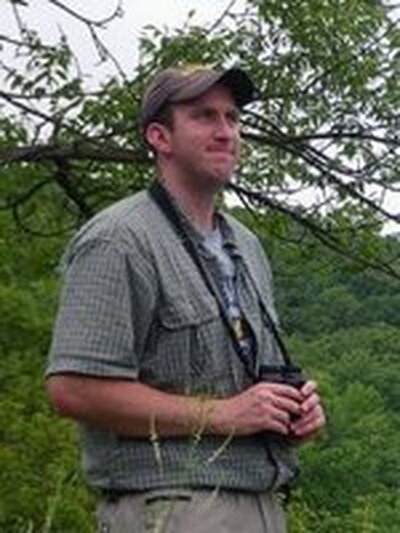
|
Philip AndersonImage
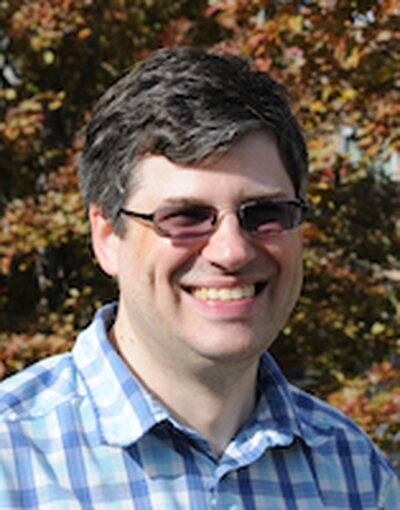
|
Alison BellImage
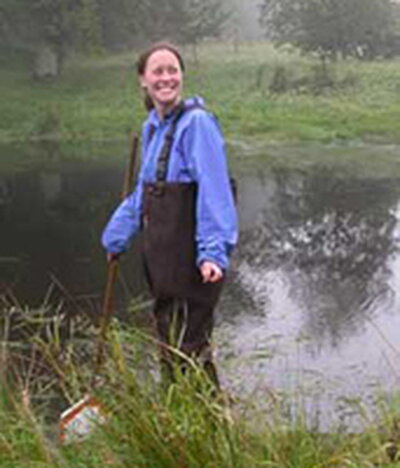
|
Steven BurgessImage

|
Carla CáceresImage
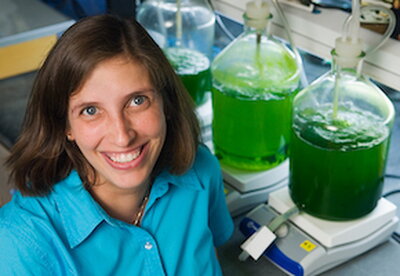
We focus on questions at the interface of population, community and evolutionary ecology. At its core, our research focuses on how biodiversity arises, how is it maintained, and what is its functional significance from the scale of organismal traits to ecosystems. To accomplish this, we study the organisms that inhabit lakes and experimental ponds across the US. Our lab focuses on three related areas of inquiry:
|
Li-Qing ChenImage
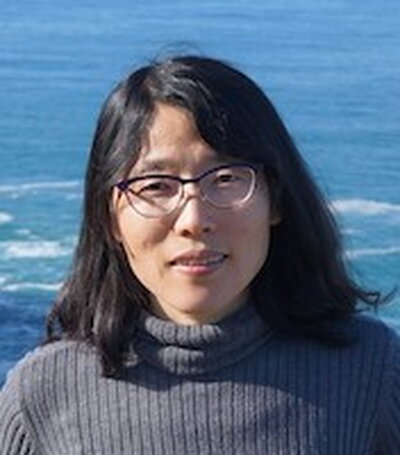
|
Adam DolezalImage
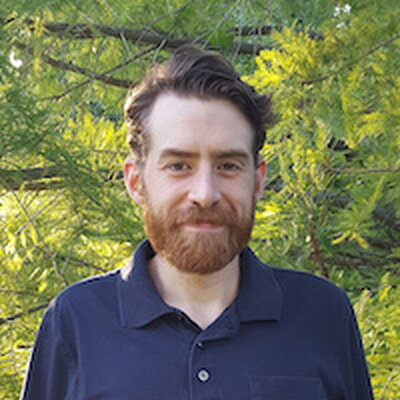
|
Matt DoremusImage
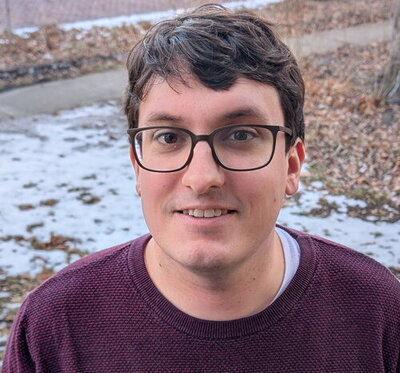
|
Becky FullerImage
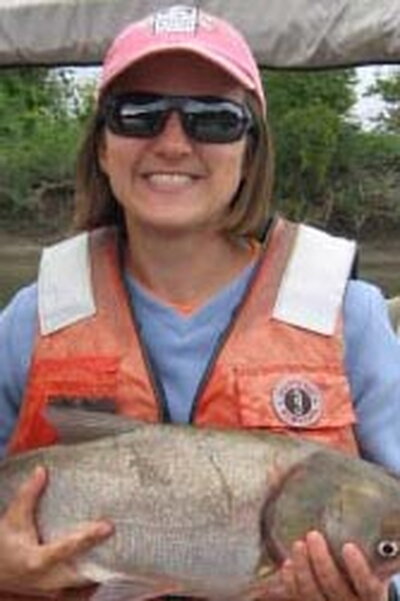
We are broadly interested in ecology and evolution as it applies to fishes. My students and I try to capitalize upon this variation to ask questions about:
|
Alexandra Harmon-ThreattImage
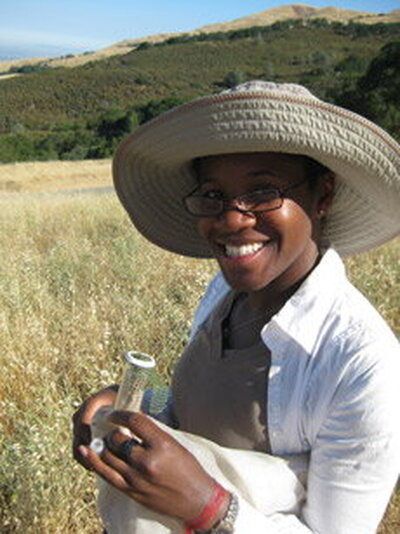
The Harmon-Threatt lab is a diverse and welcoming group committed to understanding how environmental disturbances affect pollinators and the plants they depend on. With a combination of lab and field studies we have investigated responses to pesticides, fires, grazing, climate change, land use change, urbanization, and others. We are particularly interested in native ground-nesting bees which are the largest and yet most understudied group. |
Katy HeathImage
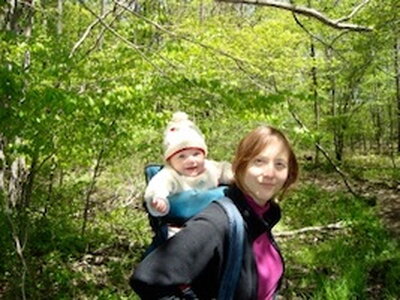
The Heath Lab answers a variety of exciting questions in evolution, genetics, and ecology – mostly focusing on the symbiosis between leguminous plants (peas, beans, soybeans) and their myriad bacterial and fungal partners. We use experiments, sequencing, and field studies to understand how mutualisms coevolve and remain mutually beneficial over time and space and how these interactions are changing and will continue to change as the environment is rapidly altered by human activities. We work across scales to study how genes and mobile genetic elements (like bacterial plasmids!) drive rapid evolution, how these changes influence plant health, and also how plant-microbe interactions scale up to influence communities and even ecosystem processing. We have a large, engaged, and diverse group of scientists ranging from college freshman to graduate students to postdocs who interact routinely individually, in small groups, and in a large lab group setting – all of which helps new undergraduates get a foothold in science. |
Esther NgumbiImage

|
James O'DwyerImage
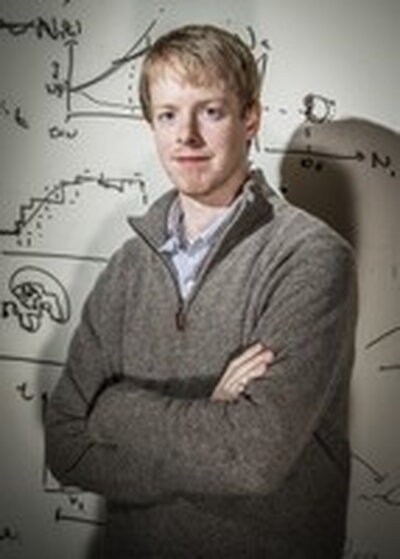
|
Andy SuarezImage
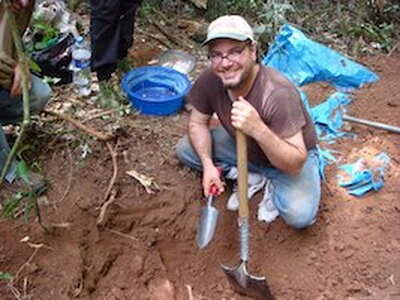
|
Wendy YangImage

We are broadly interested in how human activities are changing how natural and managed ecosystems function and how ecosystem responses to global change can feedback to drive or slow future global change. Our research is in terrestrial biogeochemistry and ecosystem ecology with a focus on determining process rates and drivers of chemical transformations in the environment.
|
Joe ZhouImage
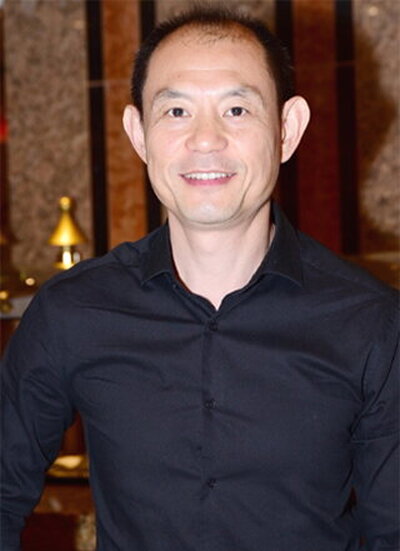
My research explores the adaptive innovations that make insects the most successful animal group on Earth. Using an integrative genomics platform, we connect basic with applied research to uncover key evolutionary mechanisms. A major focus of my work is eusociality, a fascinating evolutionary mystery where individuals surrender their own reproductive rights to care for non-descendant offspring. At the University of Illinois Urbana-Champaign, my current research examines 1) the intrinsic and extrinsic factors governing social behaviors in termites, such as aggression, cooperative defense, undertaking, learning and memory, foraging, and parental care, and 2) the evolution of eusociality in wood-feeding dictyopterans, including subsocial woodroaches and eusocial termites. |
Criteria for Application
Students must be affiliated with the Access and Achievement Program (AAP). Freshman, Sophomores, and Juniors are encouraged to apply.
Time Requirements
- Students will conduct research for 10 weeks from May 19, 2025 until August 1, 2025. Exact fellowship start and ending dates are flexible and are dependent on mentor availability. Please notify the program coordinators if you have difficulty fulfilling this requirement.
- Attend and present at the iBio Summer Undergraduate Research Symposium. Here, you will give a short presentation on your summer work to a small group of peers and faculty mentors - occurs in late-July.
- Write a brief summary of summer research experience to be turned into the program organizers shortly following the completion of the summer fellowship.
Pay
Student will receive a paid stipend $7,000 to cover living expenses for the three month research experience.